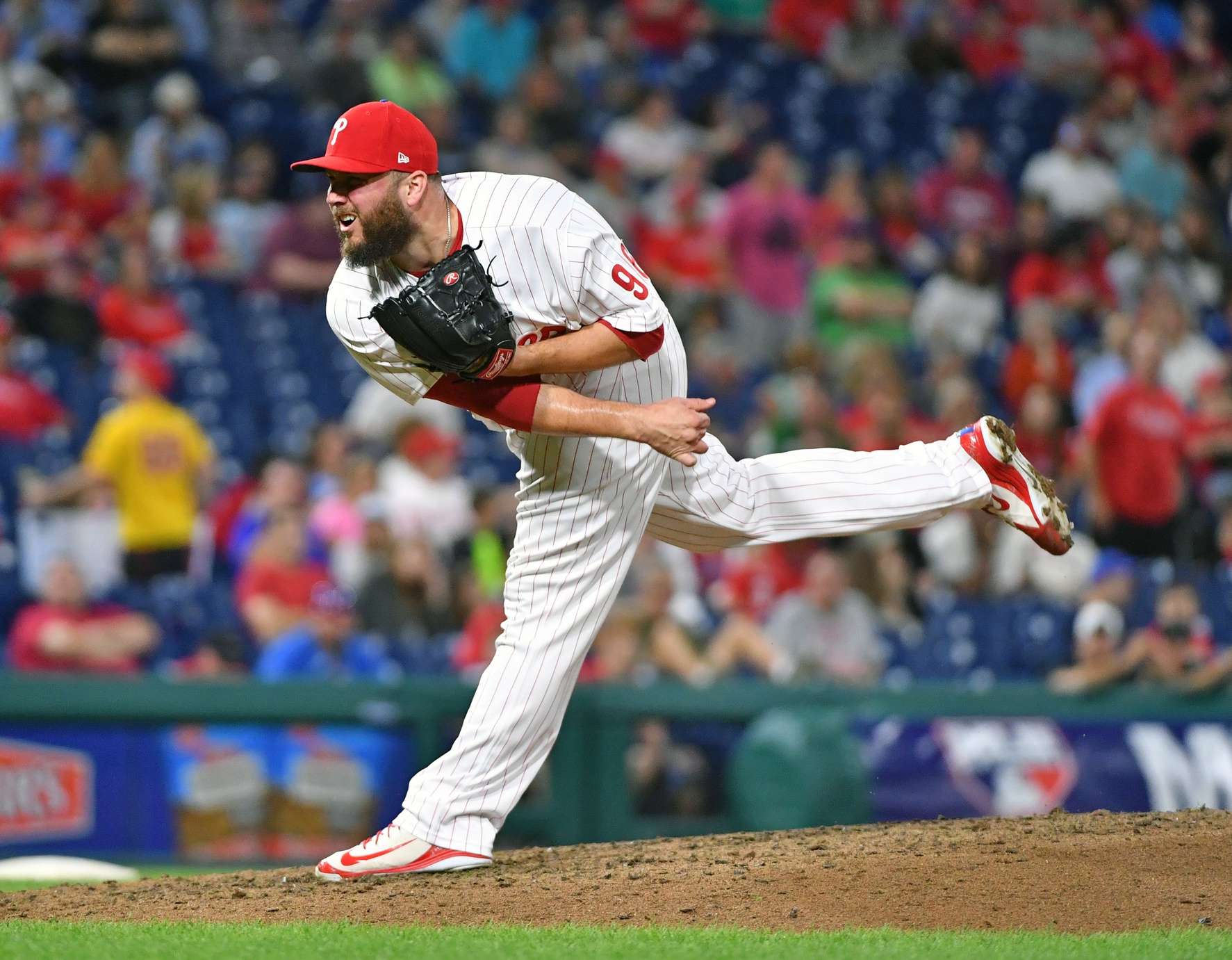
One of the key points of emphasis for the New York Mets this offseason has been addressing the lack of pitching depth. There’s no denying this has proved to be a major issue for the Mets over the past couple of seasons.
From early on in the offseason, this was made a focus by team president Sandy Alderson. This past week, acting general manager Zack Scott spoke to reporters and said “increasing our depth is always something I think we’ll be pursuing.”
Scott kept his word, as almost a day later the team announced that they reached an agreement on minor league deals with veteran pitchers Mike Montgomery and Tommy Hunter.
Montgomery was bit by the injury bug in 2020, and has been on a bit of a downswing the past couple of seasons. The southpaw seems like he may be destined for Triple-A Syracuse, and will likely be utilized as nothing more than additional minor league depth.
Hunter, on the other hand, could prove to be an interesting addition to this Mets bullpen with a strong spring performance.
Hunter is a bit of a journeyman, having pitched for now seven different ball clubs. He was drafted in the first round of the 2007 MLB Draft by the Rangers and started out as a starting pitcher in the organization.
After being traded to the Orioles, the team transitioned him to the bullpen. Since then, Hunter had his share of ups and downs, but has ultimately proven to be a very successful big league reliever.
Over his thirteen-year big league career, the righty has posted a 3.26 ERA, 1.12 WHIP, and 355 strikeouts over 428 innings while working out of the bullpen.
Hunter put together a career-best season in 2017, working in the late innings as a setup man for the Tampa Bay Rays. He posted a 2.61 ERA, 0.97 WHIP, 3.07 FIP, and averaged 9.8 K/9 innings in 58 innings of work.
Hunter then spent the next three seasons in Philadelphia, so he certainly brings the Mets some familiarity of the NL East. During that three-year span, the righty posted a 3.64 ERA, 1.17 WHIP, 3.42 FIP, with 81 strikeouts and just 21 walks over 94 innings.
Over the past two seasons, Hunter’s advanced metrics have shown a bit of a decrease in his velocity. While this may just be an aging veteran showing signs of decline, there are also a few factors to take into account.
Hunter threw just a combined 29 innings for the Phillies over the past two seasons. In 2019, he was shut down due to a lat injury after just five innings pitched. Last season, Hunter missed the beginning of camp after testing positive for COVID-19, and was forced to play catch-up late in the game.
The rest of his metrics stayed relatively similar, as his fastball and curveball spin rates were up amongst the higher percentiles in the league, and his BB% ended up in the 82nd percentile. He also was still able to enjoy some success, posting a 4.01 ERA, 1.13 WHIP, and 3.57 SIERA over 24 innings pitched.
Whether the COVID setback and/or any potential effects afterwards was the reasoning for Hunter’s drop in velocity remains to be seen. However, even with a bit of a decline, Hunter remained an effective big league reliever.
With Seth Lugo starting the season on the injured-list and still some question marks in the Mets bullpen, Hunter just might be able to find his way onto the Mets Opening Day roster with a strong spring.















